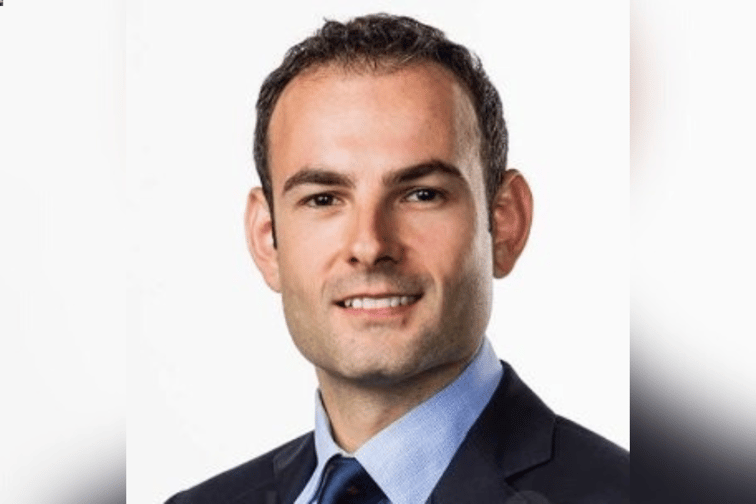

Medical indemnity insurance is compulsory for all private practising doctors in Australia, but premiums continue to rise and two years of COVID-19 has added further challenges.
“It’s not a space for the faint hearted,” said Sydney based Eric Lowenstein (pictured), CEO of Tego Insurance.
Tego provides three core products - individual medical practitioners’ indemnity insurance, entity medical malpractice insurance and insurance for aged care, retirement homes, disability service and NDIS (National Disability Insurance Scheme) providers.
“Essentially, we provide insurance to cover the medical malpractice of an individual medical practitioner or of a healthcare facility. So that could be everything from an AHPRA (Australian Health Practitioner Regulation Agency) or medical board complaint right through to civil claims being brought against the individual doctor or the hospital, for example, by patients,” said Lowenstein.
The claims, he said, could include things like misdiagnosis, delayed diagnosis or allegations of medical malpractice.
“The cost of claims and claims inflation continues to trend upwards and the individual medical practitioner insurance sector is actually underpinned by government funded schemes,” he said.
Lowenstein explained that through the high-cost claim scheme the government contributes 50% of the claim cost if it is over half a million dollars.
Lowenstein said because it’s such a challenging and evolving landscape the medical indemnity insurance space is not crowded with players.
“Quite the opposite,” he said.
“Healthcare is very specific and bespoke in nature when you think about everything from healthcare and technology, the way the internet of things integrates with modern medicine, changing medical practices that adapt to the needs of society so things like telemedicine, use of cannabinoids and med tech. All these things require insurers or underwriters that have specific understanding of the healthcare space,” he explained.
In fact, he said, the last couple of years have seen a few insurers pull out of the healthcare indemnity sector.
“That’s because of a combination of issues including COVID and how some of these changes in technology and healthcare are causing concerns with insurers around appetite,” he said.
However, Lowenstein said that the overall healthcare landscape has been deteriorating from an insurance perspective for a number of years, particularly in aged care.
“The Royal Commission into aged care not unexpectedly found that sort of deterioration in patient care and, as a result, that leads to insurance claims. A combination of all these factors that for us creates quite a unique marketplace for us and the customer,” he said.
Two years of COVID-19 has also impacted the sector.
“We were seeing a lot of complaints and queries around exemption certificates and the administration of expired vaccines,” he said.
Lowenstein said there has been some reduction in the number of complaints from surgeries. However, he said, telemedicine issues have increased, including around misdiagnosis or delayed diagnosis.
“There’s a lot of room for error in those various scenarios, particularly if there are different practitioners doing the telemedicine consults over different times, that continuity of care becomes an issue,” he said.
However, as a longtail business, it may take some years before there’s a full understanding of the impact of the COVID years on claims.
“Really, the impact of less surgeries during the COVID times is probably only going to be felt in two or three years’ time when that tail risk comes through,” he said.
Right now, he said, there hasn’t been a slowdown in the number of claims.
And insurance costs for doctors continue to go up.
So you’ve got obstetricians where premiums range from anything from $60,000 to $90,000, neurosurgeons $70,000 to over $100,000. We’ve seen cosmetic surgeons paying into the hundreds of thousands,” he said.
Lowenstein said those premiums for individual practitioners are very high compared to the premiums for entities like a GP clinic or a medical practice. He said regulatory reform around civil claims and liability could help to bring those costs down.
Part of the problem, he said, is the huge increase in regulatory actions because complaints can be brought against a practitioner by anyone, whether it’s a patient, family member, another practitioner or a member of the public.
“For the sector it’s a bit like death by one thousand cuts,” said Lowenstein.
“Every complaint that is brought, no matter how serious or vexatious it is, really needs a proper response to protect the doctor,” he said.
